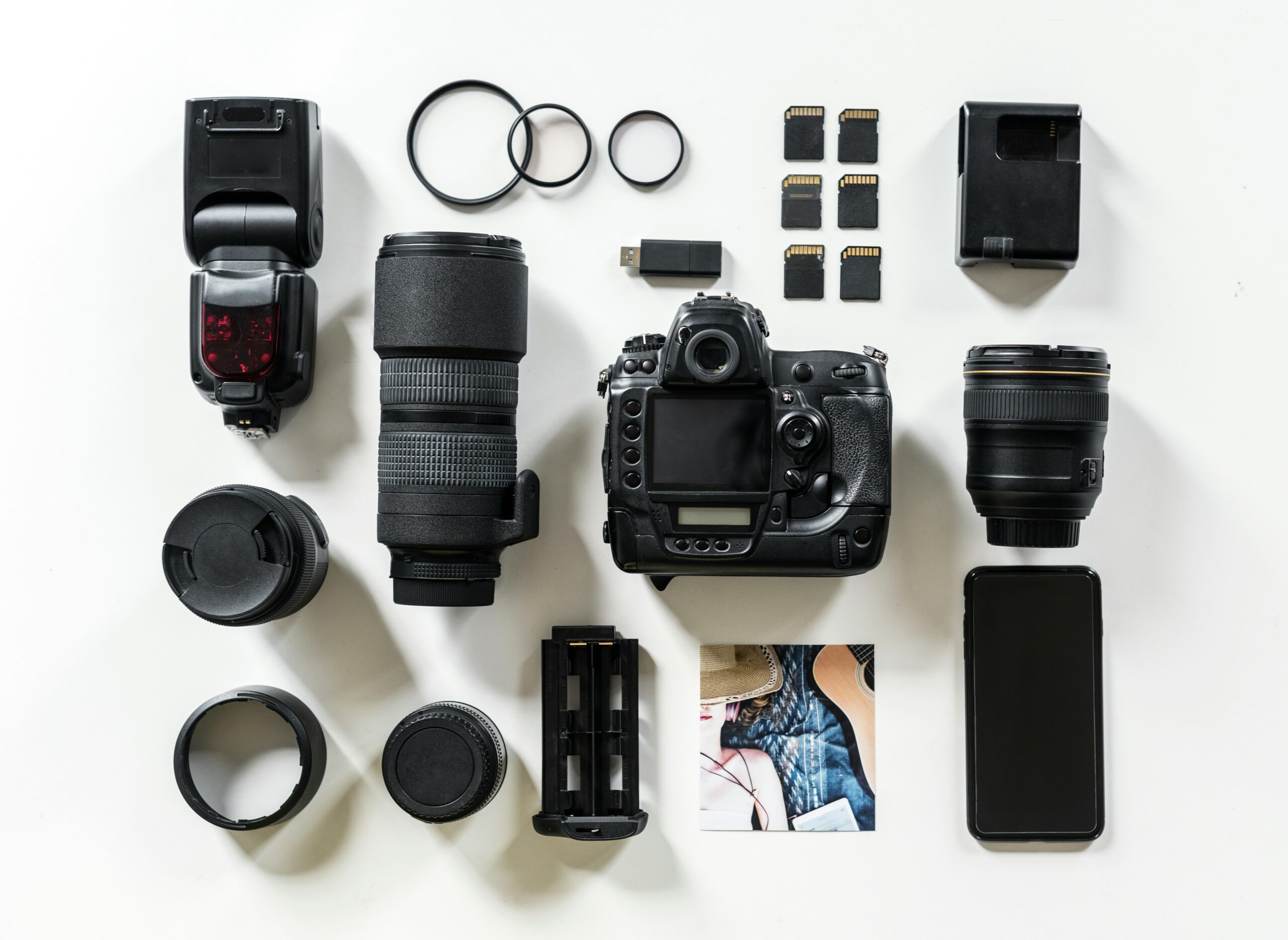
Photography is an exciting and creative hobby that allows individuals to capture the beauty of the world around them. Choosing the right equipment for those just starting in photography can be overwhelming. However, having the right tools is essential to producing high-quality images. This article will guide aspiring photographers through the must-have equipment for building a solid foundation in photography.
Camera Body
Choosing the right camera body is the first step in building your photography toolkit. As a beginner, you don’t need the most expensive option. Instead, focus on a camera that fits comfortably in your hands and offers manual controls for more flexibility. Digital single-lens reflex (DSLR) and mirrorless cameras are excellent for beginners. DSLR cameras are more traditional and provide various lenses, while mirrorless cameras are more compact, lightweight, and feature the latest technology. Regardless of your choice, ensure that the camera has a good balance of ease of use and advanced features.
When selecting a camera, look for one that can shoot manually. This gives you control over the exposure settings, allowing you to experiment and learn how different settings affect your photos. For example, the ability to adjust shutter speed, aperture, and ISO will give you more creative freedom as you develop your skills.
Lenses
Next, consider investing in a good lens. Lenses are more important than the camera body when achieving sharp, high-quality images. The lens you choose will largely depend on the type of photography you’re interested in. A versatile lens, like an 18-55mm zoom lens, is a great starting point for general photography. It offers a variety of focal lengths and is typically bundled with entry-level cameras. However, as you gain experience, you should expand your lens collection to include specialized lenses.
Prime lenses, with fixed focal lengths like 50mm or 35mm, are great options for portrait or street photography. Their more straightforward construction and wider apertures offer better image quality. A 50mm f/1.8 lens is often called the “nifty fifty” because it provides excellent low-light performance and a shallow depth of field for beautiful blurred backgrounds. Remember that your lens choices will become more specific to your photographic style as your skills improve.
Tripod
A tripod is an essential piece of equipment for any photographer. It helps stabilize the camera, reducing the risk of camera shake and producing sharper images, especially in low-light conditions or when using slower shutter speeds. A sturdy tripod is crucial for long-exposure shots, landscape photography, and low-light shooting.
When selecting a tripod, ensure it is lightweight and stable enough to support your camera and lens. Look for one with adjustable legs and a flexible head to shoot from various angles. Some tripods are designed for specific types of photography, such as travel or macro photography, so selecting one that meets your needs is essential.
Memory Cards
Memory cards are another critical item that new photographers often overlook. Multiple high-quality memory cards ensure you never run out of space during a shoot. Choosing a memory card with a fast write speed is essential, as this will allow you to capture images quickly and store large files without lag. Look for cards with a UHS-I or UHS-II speed rating for fast data transfer. Depending on your photography type, you may want cards with different capacities. A 32GB or 64GB card is typically sufficient for most beginner photographers.
External Flash
While many cameras have built-in flashes, these are often not powerful enough for more professional-looking results. Investing in an external flash is a great way to enhance your photography in low-light situations and add creative lighting to your shots. External flashes provide more power, versatility, and control over lighting than built-in flashes. Many photographers use an off-camera flash or a softbox to create flattering, even lighting for portraits.
A good external flash will allow you to adjust the intensity of the light and position it in a way that adds dimension to your photos. When selecting a flash, consider one with adjustable angles to bounce light off walls or ceilings for softer lighting.
Camera Bag
Lastly, remember to carry a quality camera bag for all your equipment. A camera bag is essential for protecting your gear while on the go. Look for one with ample storage space for your camera, lenses, tripod, and accessories. The bag should have padded compartments to prevent damage during travel. There are many types of camera bags, including backpacks, shoulder bags, and sling bags. Select one that suits your comfort level and style.
A camera bag will also help you stay organized during shoots, allowing you to quickly access your gear when needed. Additionally, many camera bags are designed with weather-resistant materials to protect your equipment from the elements.
For aspiring photographers, having the right equipment is essential to honing their skills and capturing stunning images. Investing in a quality camera body, lenses, tripod, memory cards, flash, and camera bag will equip them to take their photography to the next level. As they gain experience, they can continue to expand their gear collection, but starting with these essentials will provide them with a solid foundation for success.